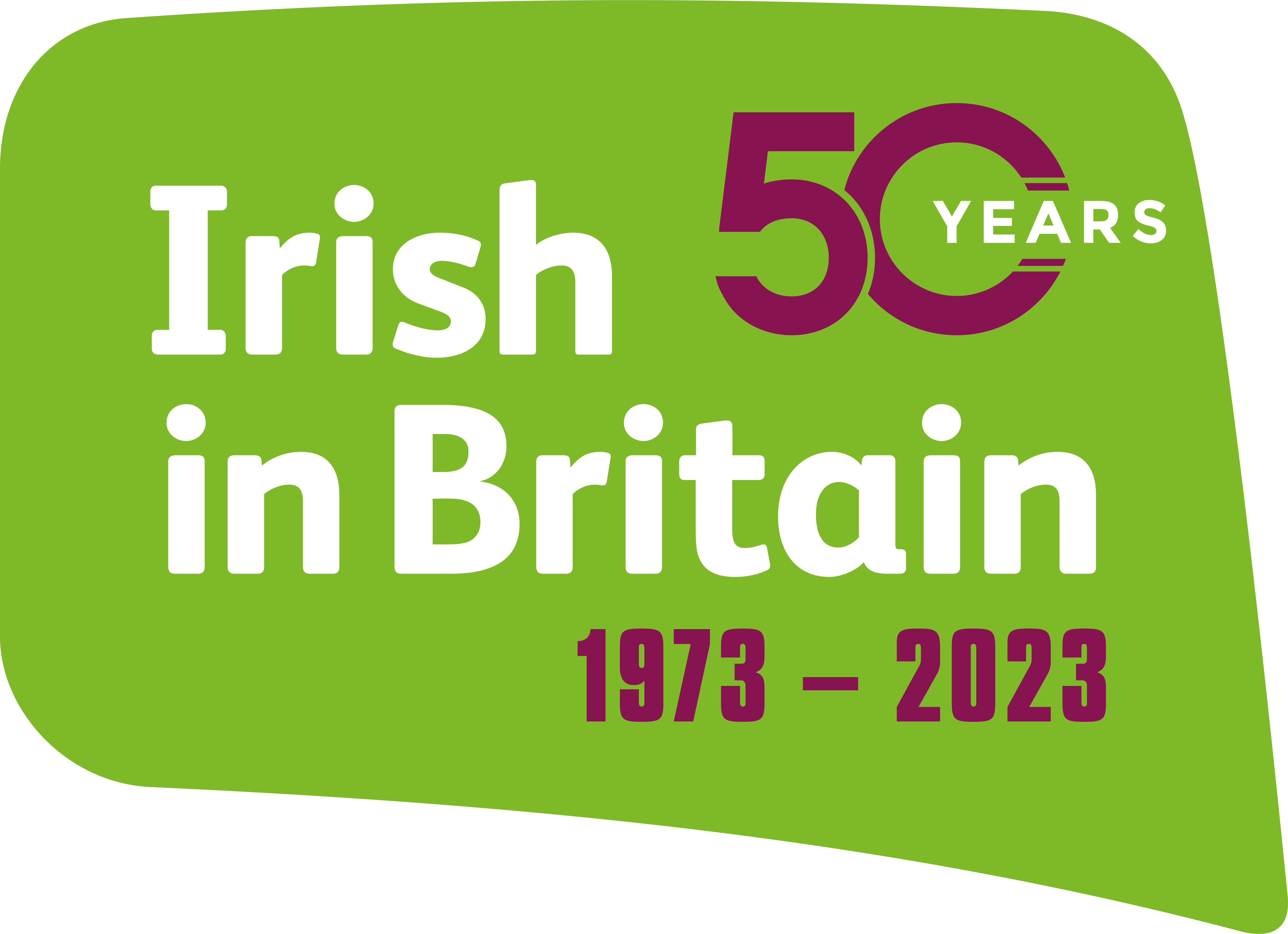Heritage Treasures Day
Zibiah Loakthar, our Cuimhne Coordinator writes
Heritage Treasures Day falls on 11 January each year. On this day, organisations, such as the Heritage Lottery Fund in the UK, encourage people around the world to connect with and reflect upon their treasured heritage and to share treasured heritage with one another.
The World Heritage Convention classifies the world heritage of humankind into two categories, 'cultural heritage' and 'natural heritage'.
UNESCO (United Nations Educational, Scientific and Cultural Organisation) suggests that “cultural heritage” is
“…in its broadest sense both a product and a process, which provides societies with a wealth of resources that are inherited from the past, created in the present and bestowed for the benefit of future generations. Most importantly, it includes not only tangible, but also natural and intangible heritage”
The phrase “heritage treasures” may conjure up in our mind things that our families and communities value that may be passed from one generation to the next.
We may think of special objects made from glinting, gleaming metals, or carved in wood or stone.

We may think of landmarks, buildings, monuments, statues to which the communities we are part of give meaning and importance. (Photo: Monument to Irish people feeling the famine of 1845-1852, Liverpool. Credit: Elliott Brown) These are “tangible” treasures, things that we can see and hear and touch.
Beauty is said to be in the eyes of the beholder and the same might be said of value.
The Black Lives Matters Movement has in recent years brought to public attention objects, statues, buildings that may have been ascribed value as “heritage treasures” in the past, but which may seen today from other perspectives and no longer be considered treasurable.
For instance, the bronze statue created back in 1895 by Irish sculptor John Cassidy was, after petitions to remove it, eventually toppled by anti-racism protestors in 2020 from its plinth in a public open space in Bristol.
It was pushed into Bristol Harbour and then recovered by Bristol City Council and exhibited later in a museum with its graffiti on display. The question of what communities may treasure is not simple to answer. It can be deeply contentious, in part because communities are not homogenous but made of diverse individuals who may have diverse opinions and ideas about what is worth treasuring.
Treasured heritage may also be intangible. Inherited traditions and cultures, activities and the meanings we ascribe to these may be treasured and passed on within our community.
What do we treasure as heritage within our Irish in Britain community? Could it be Irish language? Sayings and proverbs such as ‘The older the fiddle, the sweeter the tune’? Music and song? Stories? Memories that could be captured as oral histories?
Irish in Britain 50th anniversary
 In this year of Irish in Britain’s 50th anniversary we are opening discussion across our community about treasuring memories.
In this year of Irish in Britain’s 50th anniversary we are opening discussion across our community about treasuring memories.
Some aspects of our Irish community heritage will be preserved and treasured within the Irish in Britain archives as well as celebrated through activities held by our community for our community and the wider community too.
There will be different ways that member organisations can contribute and become involved with this project.
Within our Cuimhne strand of our work we continue to collect memories and digital copies of photographs that may help those experiencing different forms of memory loss, including dementia, to access memories.
Please do get in touch if you have reminiscence materials or photographs you may wish to contribute!